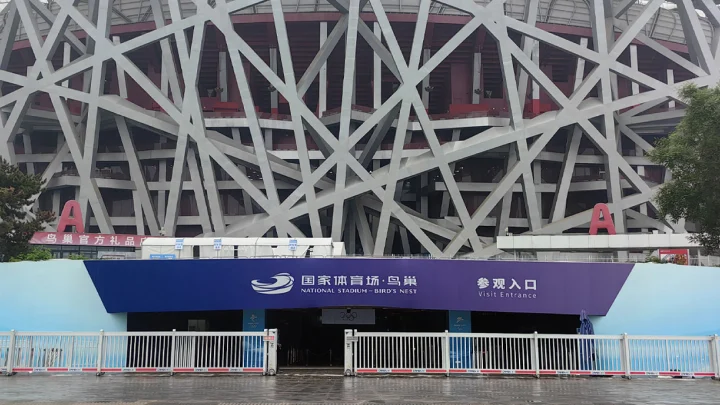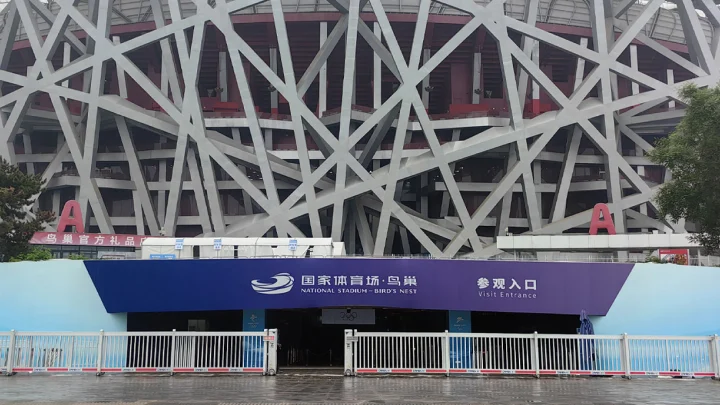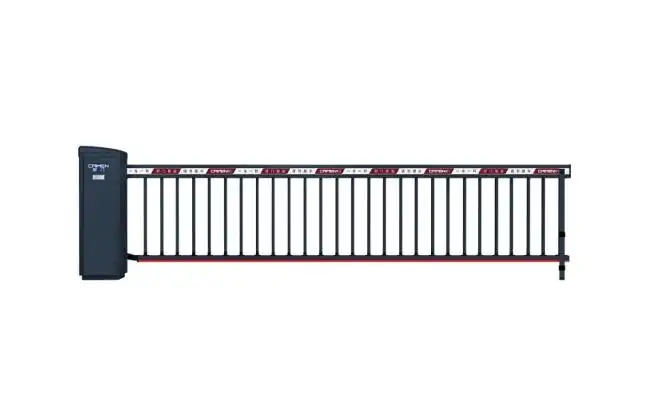Why Pedestrian Entrance Gate Reliability Matters for Businesses
A Pedestrian Entrance Gate that works every time is more than hardware; it is the first control point for safety, the first touchpoint for visitors, and the first data point for compliance. When that gate hesitates or fails, everything downstream feels it - queues grow, security weakens, and confidence drops. As a global manufacturer, CAIMEN is committed to providing high-quality intelligent entrance and exit solutions and to leading the industry's development trend. This article explains why reliability belongs at the top of your requirements and how CAIMEN helps you achieve it in the real world.

The Cost Of Failure You Can't See On A Spec Sheet
A Pedestrian Entrance Gate that misreads credentials or sticks open does not just slow a line - it reshapes your day. Staff abandon planned tasks to manage choke points. Tenants complain. Visitors lose patience. Maintenance gets called for issues that could have been prevented with better design or diagnostics.
In high-traffic buildings, a few seconds of delay per person compounds quickly. Lines spill into lobbies, and your team begins to override the system to move people faster. Overrides create gaps in your access logs and weaken your audit trail. When audits become incomplete, compliance becomes harder to prove, even if your intent is strong.
Outdoor gates face different pressures. Weather adds stress. Dust, heavy rain, and temperature swings test seals, sensors, and motor assemblies. Cheap components fail early, forcing more maintenance visits and unexpected downtime. Each incident increases the chance of tailgating or door-propping, which exposes your site to unauthorized entry.
- Knock-on effects you should expect if reliability is weak:
• Queue friction: slow credential reads and retries stretch wait times.
• Security exposure: stalled gates invite tailgating and bypass attempts.
• Fragmented records: manual overrides and exceptions erode auditability.
• Maintenance spikes: premature wear leads to more calls and spare parts.
All of these issues carry a reputational cost. A lobby that looks chaotic signals poor control. A venue that admits the wrong person once may struggle to regain trust. Reliability therefore is not only a technical feature - it is a brand promise at your front door.
What Reliable Looks Like?
CAIMEN approaches reliability as an end-to-end discipline. The goal is simple: a Pedestrian Entrance Gate that authenticates quickly, controls passage smoothly, reports events clearly, and recovers from exceptions without drama.
1) Fast, Accurate Authentication
Sites have different risk profiles and user habits. CAIMEN supports RFID cards, QR codes, biometric options (face or fingerprint), and mobile credentials. Multi-credential support lets you balance speed and assurance. Code-based and biometric checks reduce card sharing. Mobile credentials lower friction during rollouts and eliminate physical card churn.
2) Rugged Hardware For Real Conditions
Outdoor or semi-public installs demand weather-resistant construction. CAIMEN protects sensors and drive units against moisture and dust while maintaining stable performance in heat or cold. Mechanisms are tuned to keep passage smooth without false trips. When conditions change suddenly - a downpour or a dusty rush hour - your lanes should still feel predictable to users.
3) Remote Verification When Exceptions Happen
Not every scenario fits a simple pass/fail. With high-definition video and two-way audio, operators can verify a visitor or contractor in real time and open the lane remotely. This reduces on-site dispatches and keeps the experience professional and calm, even when documentation is missing or a credential is misread.
4) Unified Monitoring And Smart Integration
Reliability is also operational. CAIMEN's centralized platform shows live entry/exit events, occupancy counts, and instant alerts for unusual behavior. Integrations with CCTV, elevator controls, fire systems, and BMS remove the need to jump between dashboards. In an alarm, the Pedestrian Entrance Gate can follow policy - fail-safe or fail-secure - while cameras and elevators respond in sync.
5) Data You Can Act On
Good systems generate clean data. CAIMEN analytics highlight peak periods, dwell times, and repeated exceptions. You can allocate a fast lane for pre-registered visitors, adjust staffing to match surges, or refine rules for temporary passes. Over time, these insights reduce friction, improve service levels, and support compliance reviews with clear evidence.
✅ Outcomes you can measure with a reliable platform:
• Consistent sub-second credential recognition during peak periods.
• Lower manual overrides and fewer exception calls.
• Clear, centralized logs that stand up to audits.
• Shorter recovery time when an issue occurs.

Selecting And Deploying A Gate You Can Trust
Start with the outcome, not the catalog. Decide what matters most: shorter queues, stronger perimeter control, better reporting, or all three. Map those goals to measurable requirements for your Pedestrian Entrance Gate - throughput targets, credential mix, environmental ratings, and integration points.
- Match Gate Types To Real Foot Traffic
Speed gates work well for premium lobbies where flow and aesthetics matter. Tripod turnstiles and full-height gates are better for perimeter control, staff entrances, or sites with higher security needs. Many campuses combine types: speed gates at the front, full-height at the back, and swing gates for accessibility.
- Design For The Environment
Outdoor deployments need sealed housings, protected cabling, and components rated for your climate. If power quality is unstable, consider surge protection and backup power to ensure the Pedestrian Entrance Gate remains operational during brief outages. In transport hubs or stadiums, plan for rapid remote recovery and spare units on site.
- Integrate Early, Not After Go-Live
Bring your IT, security, and facilities teams together before installation. Confirm how the gate will speak to CCTV, elevator logic, fire panels, and the building platform. Run simulations for alarms, VIP access, and visitor surges. A short pre-launch test prevents months of operational friction.
- Plan For People, Not Just Hardware
Train front-of-house staff and security operators on exception handling. Document clear steps for lost credentials, VIP arrivals, delivery windows, and emergency egress. The more predictable the response, the more confident your users will feel when something unusual happens.
- Practical checklist for procurement and rollout:
• Define throughput and latency targets for peak hours.
• Confirm credential mix (RFID, QR, biometrics, mobile) per user group.
• Verify weatherproofing and duty cycle for outdoor lanes.
• Require unified logs and role-based dashboards.
• Test remote verification flows with video + audio before launch.
- Where Reliability Pays Off
Office towers, corporate campuses, government buildings, hospitals, schools, stadiums, airports, and metro or train stations all benefit from dependable flow. In each case, a reliable Pedestrian Entrance Gate reduces queue time, supports occupancy control, and protects the perimeter without making entry feel difficult.
CTA - Build Reliable Access, Starting Now
If you are planning a new site or modernizing aging lanes, partner with CAIMEN. Our engineers will map risk, model throughput, and design a Pedestrian Entrance Gate solution that integrates cleanly, performs in real conditions, and stays reliable over time. Contact CAIMEN today to schedule a consultation and see how intelligent entrance and exit solutions can transform your operations.


 FACEBOOK
FACEBOOK
 TWITTER
TWITTER
 LINKEDIN
LINKEDIN


